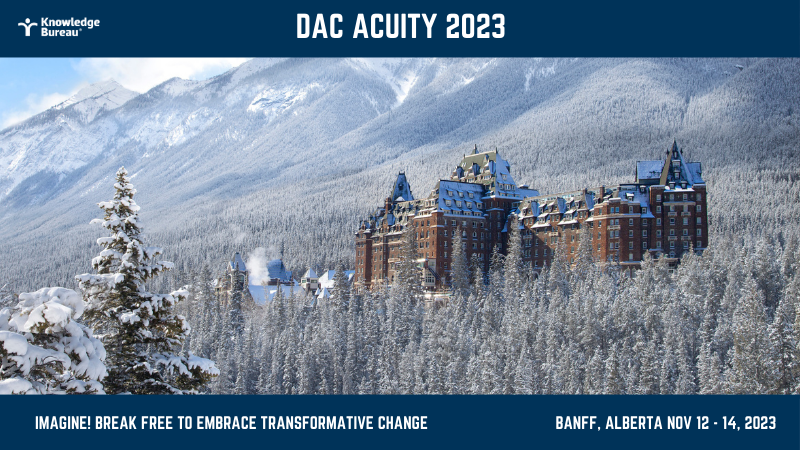Last updated: June 15 2022
New Climate Action Incentive – Is Anyone Ready?

Walter Harder
Residents of Alberta, Saskatchewan, Manitoba, and Ontario received the full-year Climate Action Incentive for 2021 when they filed their 2020 tax returns. Eligibility was based on their province of residence and family situation as of December 31, 2020. Did you know that for 2022, everything has changed?
Payments will be made on the 15th of April (delayed to July 15 for 2022 only), July 15, October 15, and January 15 of the following year. Eligibility will be determined as of the first day of the payment month (that is, April 1, 2022, July 1, 2022, October 1, 2022, and January 1, 2023). However, taxpayers are not filing returns for those dates, so CRA will have to rely on taxpayers to update them of any changes in their family situation or province of residence.
At this point, CRA does not seem to have created or revised any forms for taxpayers to inform them of changes in eligibility, so taxpayers will have to use My Account or update CRA via the telephone.
telephone.
Although a new RC151 has not been released, online references imply that newcomers without children can use that form to apply for the CAI Credit. For newcomers with children, one can assume that RC66 will be expanded to include an application for the CAI Credit.
Here are some of the many changes that will affect the taxpayer’s eligibility for the Climate Action Incentive or the amount of the payments:
- The taxpayer becomes a resident of Alberta, Saskatchewan, Manitoba, or Ontario at any time in 2022 (including newcomers and residents moving between provinces)
- A taxpayer who resided in Alberta, Saskatchewan, Manitoba, or Ontario (in 2021 or at any time in 2022) moves to another province in 2022
- The family moves into or out of a Census Metropolitan Area
- The taxpayer changes their marital status
- A dependant of the taxpayer leaves home, becomes a parent, or enters into a conjugal relationship
- A member of the taxpayer’s family passes away
- The family adopts, or the parents have a child
- A family member turns 19
CRA can determine the taxpayer’s age and the age of their dependants, but for any of the other changes, they will rely on the taxpayer to keep them informed of changes between filing dates.
Tax professionals in Alberta, Saskatchewan, Manitoba, and Ontario will need to keep their clients informed of the requirements if any of the above changes will affect their clients.
